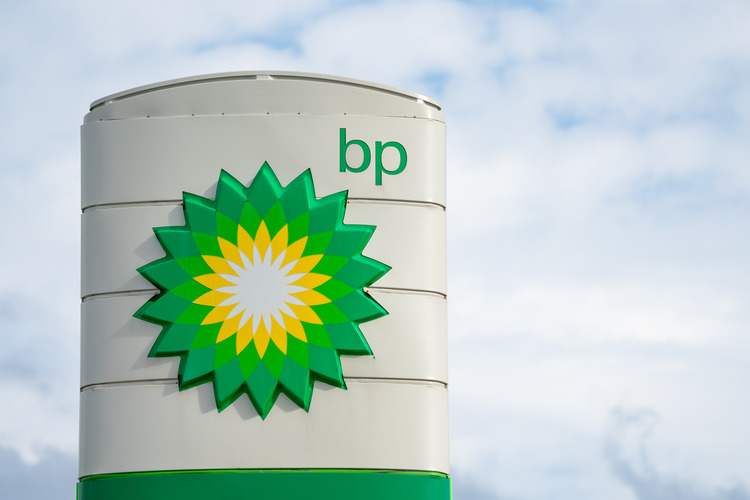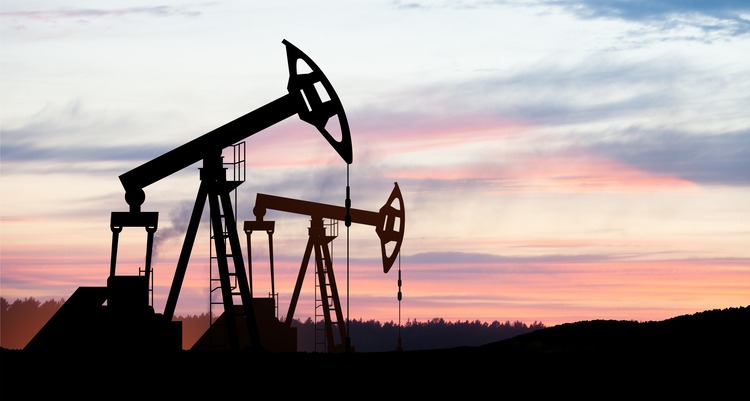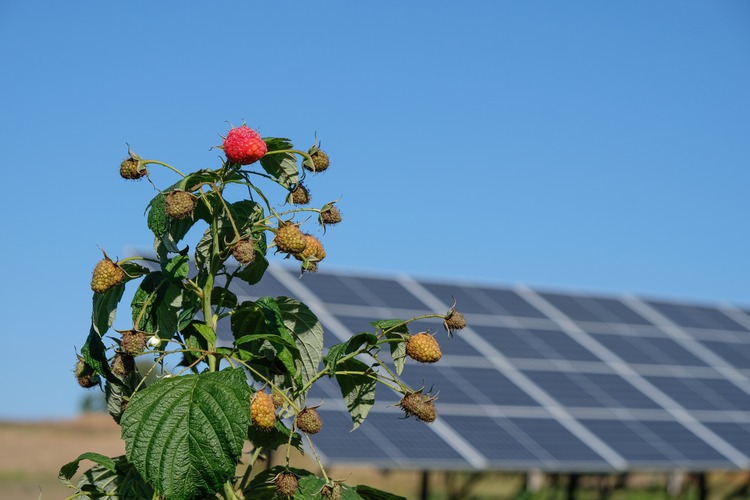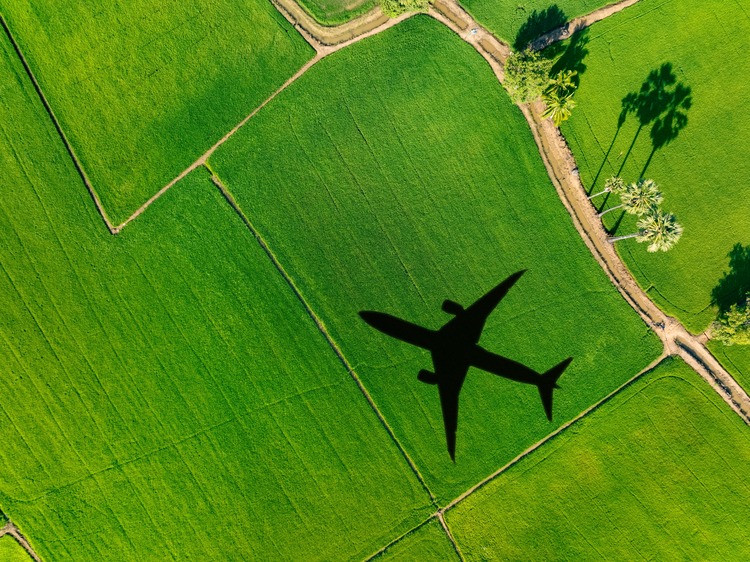
BP is scaling back its clean energy investment, with plans to increase oil barrel production and potentially sell its solar development company
By
Fossil fuels damage the planet. This is a well-understood fact by scientific communities worldwide. But going against much research on dirty fuels’ impact on the planet, BP announced earlier this week that they will up their investment into oil and gas by about 20 per cent to $10 billion, and decrease planned funding for renewables by more than $5 billion.
Enjoying this article? Check out our related reads:
According to the company’s chief executive Murray Auchincloss, BP had gone ‘too far, too fast’ in its clean energy transition, with its faith in green energy ‘misplaced’. While other companies such asd ExxonMobil and Shell – who have continued to produce more oil and gas than BP – saw increasing share prices over the last few years, BP’s have plummeted. To try to claw back its sinking market value, then, the oil and gas giant has reverted back to mega production of planet-polluting fuels.
Under the new plan, annual investment in low-carbon energy will sit at around 5 per cent, versus a staggering 75 per cent from oil and gas extraction.
For many, BP’s rollback on clean energy investment prompts confusion – and even outrage – particularly so as the planet increasingly bears the brunt of the impacts of climate change.
According to Alexander Kirk from Global Witness BP is ‘focusing on short-term profits to shareholders while energy prices are high, with the rest of the world picking up the tab from its climate-wrecking products.’
‘Pumping money into more oil and gas increases the risk of climate impacts for us all, flies in the face of legal climate targets and, with the renewables sector growing exponentially, is a big risk to the shareholders that BP is so keen to please,’ said campaigner at climate action group 350.org Matilda Borgström.
But what exactly is BP planning to ditch?
Barrel production

The previous CEO of BP Bernard Looney had made promises to reduce BP’s oil production to around 1.5 million barrels a day, in one of several measures outlined to bring the company in line with cleaner energy policies. However, following the new announcement, plans are to begin new ‘major’ oil and gas projects by the end of 2027, and have at least eight to 10 new projects running by 2030.
BP began to loosen up its goals on barrel production back in 2023, raising production targets from 1.5 million barrels a day by 2030 to 2 million barrels. Their reasoning was, in the wake of Russia’s invasion into Ukraine, the world would need more secure supplies of fuels.
Now, the new strategy aims to increase oil production even more – between 2.3 and 2.5 million barrels per day.
For comparison, ExxonMobil produced around 2.45 million barrels of liquids per day in 2023; while Saudi Aramco made 12.8 million barrels of liquid each day in the same year.
Lightsource BP

In the latest announcement, BP expressed its desire to sell around $20 billion worth of its assets. These include its lubricant business Castrol, service stations as well as the solar power development Lightsource BP.
Founded back in 2010, Lightsource BP was created with the aim to become a key player in solar development and battery storage. The company has made clear in-roads in the renewable sector, developing more than 3.5 gigawatts of US solar projects, providing enough energy to power more than 600,000 homes each year.
In 2024, Lightsource BP began projects in Ohio and Texas, as well as the Bellflower Solar project in Indiana. In this Indiana project, sheep grazing and beekeeping take place between solar panels in an example of agrivoltaics: using both land for agriculture and solar energy production purposes.
In the wake of BP clean energy financing cuts, the future of such innovative projects may be at stake.
Sustainable aviation fuel

Prior to this week’s announcement, BP already shared that it would be scaling back its sustainable aviation fuel (SAF) projects. One such example is the Kwinana project, located on the site of BP’s former oil refinery in Western Australia. Set to be one of the first of five BP plants to turn biomass into SAF and renewable diesel, the project was paused for two major reasons: rising construction costs, and a lack of a mandate in Australia to use the fuels.
Traditional jet fuels (like diesel) are much cheaper to produce than their biofuel counterparts, so as BP divests from clean energy, dropping SAF production may be an easy way to recoup a sizeable amount of money for the company.
But this isn’t good news for the planet: using SAF reduces emissions by up to 80 per cent across the lifetime of a fuel compared to fuels made from planet-polluting sources.



